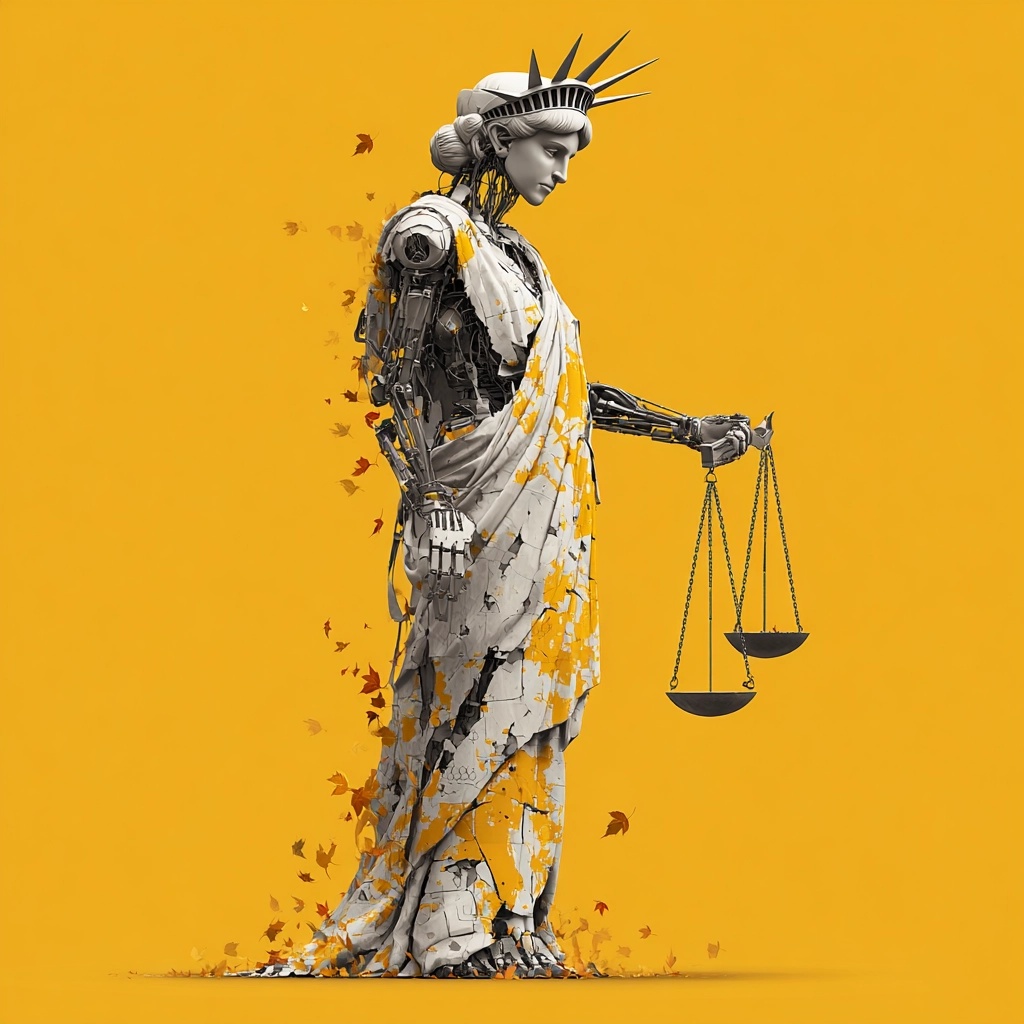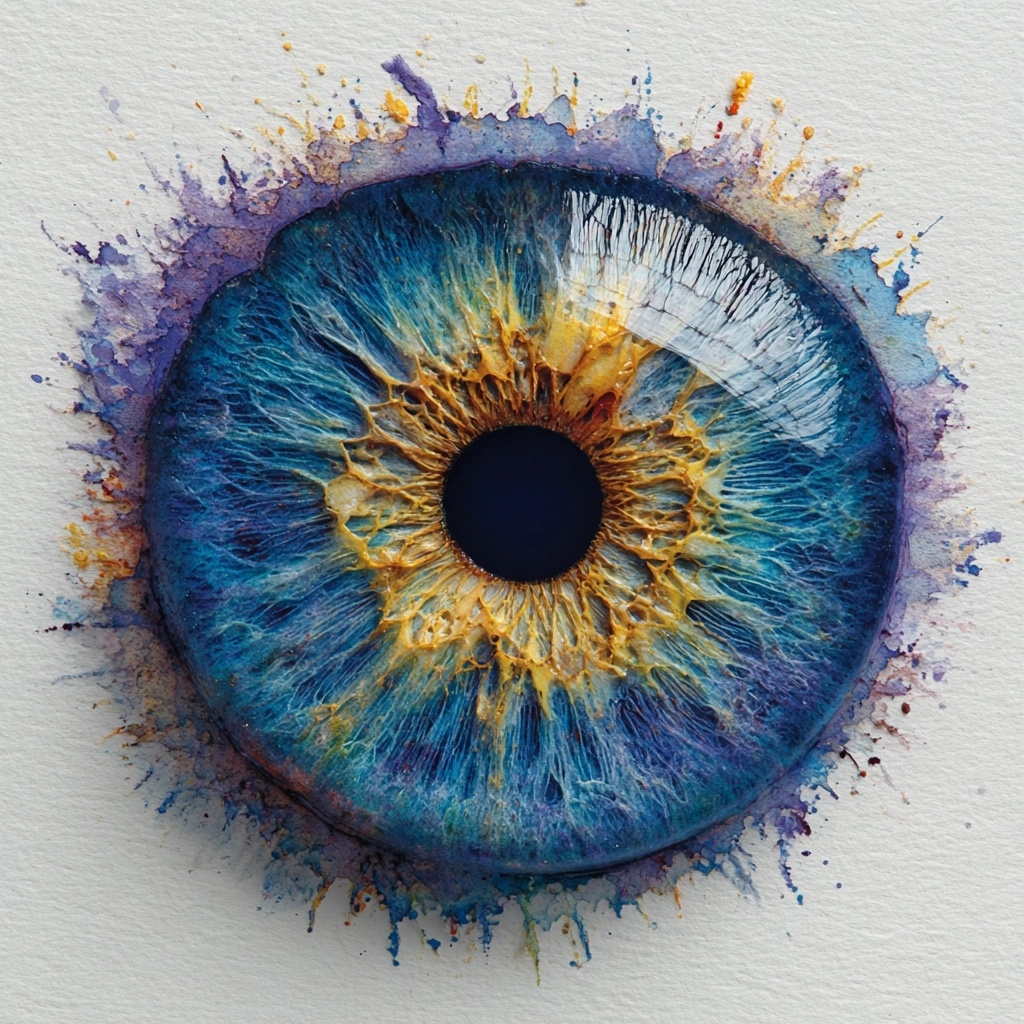Because “Oops, I didn’t know that was illegal” is not a great business model.
If you’re a creative professional using AI in your workflow, whether that’s generating moodboards, swapping backdrops, or smoothing out skin with a few clicks, you’re not just a visual artist anymore. Congratulations. You’re now one bad decision away from being a risk vector.
It’s not just your reputation on the line. It’s your client’s.
And when their lawyers come calling, “I didn’t know the tool did that” won’t exactly hold up in court.
AI Makes Work Faster, But You're Not Untouchable.
We’ve entered a strange era. AI can generate, edit, and remix images faster than we can pour a coffee. But with that speed comes risk, especially when clients are relying on us to deliver not just beautiful work but legal work.
If you feed copyrighted images into a training model, use biometric-altering filters without disclosure, or generate likenesses too close to real people… you’re not innovating. You’re gambling with someone else’s liability.
And in this round of roulette, the house always wins. (Spoiler: the house is the legal system.)
What Could Possibly Go Wrong?
Here’s a short list of ways AI could put you or your clients in hot water:
Misrepresentation: If a headshot makes someone look significantly younger, thinner, smoother, or digitally “perfected,” it could be considered misleading… especially in regulated industries like law, healthcare, or real estate.
Biometric data: AI tools that alter facial features may fall under biometric privacy laws, especially in states like Illinois, Texas, and yes, even Colorado (hello, 2026 AI Act).
Training data violations: Did that AI mood-board generator scrape copyrighted work without consent? If so, that inspiration might come with a subpoena.
Failure to disclose: In California, political or commercial content created with AI may require a disclosure label. In the EU, that’s not optional—it’s law.
How to Stay Safe (and Sane)
Let’s keep it simple:
✅ Disclose when AI is used
Even if it’s just for cleanup, background replacement, or minor tweaks. A short line in your contract or invoice can go a long way.
✅ Use ethical tools
Stick to platforms that openly state what data they were trained on, and avoid the ones that shrug and say “open internet.”
✅ Don’t impersonate or composite real people
Unless it’s a real client, with consent, and it’s clearly documented… don’t generate likenesses. That includes stock-style people that “look like” someone real.
✅ Include an AI clause in your contracts
Especially for commercial projects. Spell out who owns the output, what was generated vs. captured, and who’s responsible if it goes sideways.
✅ Keep your clients informed
It builds trust. It also keeps them from Googling your name alongside the words “legal action.”
This Isn’t Fear-Mongering. It’s Future-Proofing.
Your clients don’t need a tech explainer. They need to know you’re not going to get them sued. And if AI is part of your process (which it probably is), your best asset is transparency.
Use AI. Blend it. Innovate with it.
Just don’t let it turn your studio into a legal risk factory.
Image Disclosure: Featured image above made with Midjourney V7
AI Compliance FAQs
Do I need to disclose AI editing in client photos?
In some places, yes… and in all places, it’s smart. If you’re working in California, Colorado, or anywhere in the EU, there are disclosure laws already on the books (or about to be). Even if your edits are subtle, clients should know if AI was involved. It builds trust, avoids legal blind spots, and shows you’re not trying to pass off digital plastic surgery as photography.
What are the legal risks of using AI tools in creative work?
How can photographers protect clients from AI-related legal issues?
What states have AI disclosure or biometric laws creatives need to know about?
What should be included in a creative contract if AI is used in production?
At minimum:
- What part of the project was AI-generated
- Which tools were used
- What data they rely on
- Who owns the output
- Whether the client approves AI usage
- It’s not about scaring anyone, it’s about clarity.
When things are spelled out, everyone feels safer (and no one gets blindsided).





